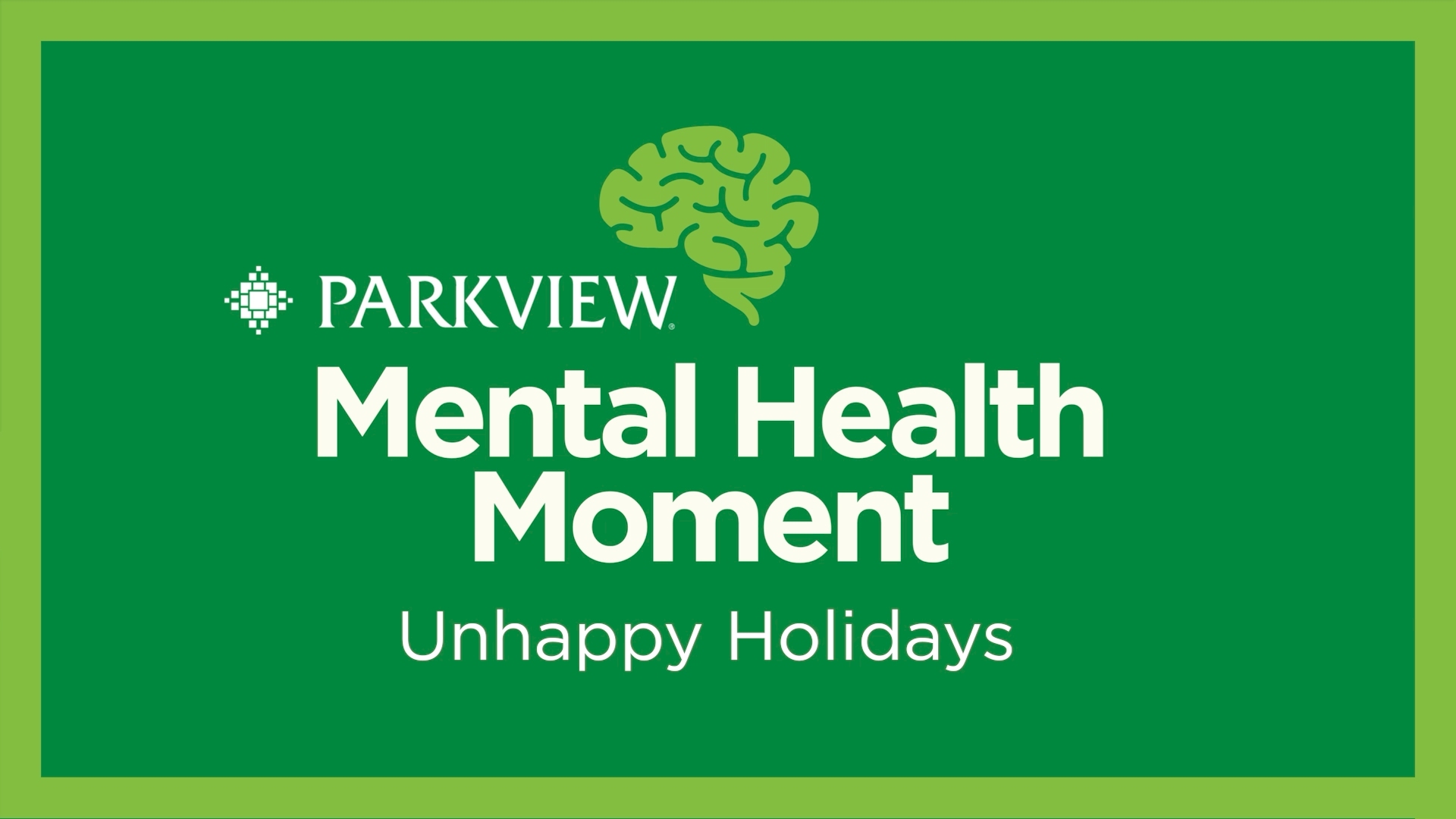
This post was written by Mark O’Shaughnessy, MD, Parkview Heart Institute.
You might be wondering why a cardiologist is writing a blog post about mental health. I admit, I am no expert in this field and thus, perhaps, a bit out of my lane. But it’s becoming more and more apparent that one’s mental health has a profound and direct impact on their physical health and overall well-being. The mind-body connection, once believed to be “soft science”, is real and actually, using today’s remarkable technology, measurable. Mental health issues affect vastly more people than most, if not all, physical ailments combined, and yet it seems like a forbidden topic. Strong cultural barriers and the stigma associated with mental health prevent most people from even discussing the issue, let alone seeking help when they need it most.
The data regarding the effects of acute or chronic trauma, long-term stress and undiagnosed mental illness, such as anxiety or depression, on the physical body continues to mount as various entities work to address this critical issue.
The reality of just how prevalent these conditions are is sobering for someone in my profession. I was saddened to learn that two out of every five medical professionals screened, test positive for depression, anxiety and various other mental health illnesses, often directly correlated with job stress. Medical students are three times more likely to commit suicide, compared to the general population. Female physicians are 200 times more likely and male physicians 40% more likely to commit suicide compared to the general population. Depression, substance abuse and other mental health issues are 15-30% higher in the medical profession. We use the term “physician burnout” as a blanket phrase to describe these various maladies, but all too often something much more specific is needed. They need a diagnosis, treatment, help.
But physicians aren’t the only profession suffering. Our public safety personnel (police officers, firefighters, paramedics and first responders) are exposed daily to job-related stressors, and acute and chronic psychic trauma. These courageous men and women aren’t immune to the effects of high-risk, often emotionally taxing scenarios. According to a recent study, police officers and firefighters are more likely to die from suicide than shootings, traffic accidents and fires combined. The rates of depression, anxiety, substance abuse and other mental health issues are far higher in the public safety arena when compared to the general public. Unfortunately, the stigma is just as pervasive – and just as much a burdensome barrier – in these populations.
Addressing the issue
So, why put these statistics out there, in such a public space? The first step in the diagnosis, treatment and, more importantly, prevention of any disease, is to identify it. One of my mentor’s famous mantras was, “First, name the problem.” We cannot begin to treat any illness unless we first identify and acknowledge its presence. We must remove the stigma and social barriers from mental illness and recognize that most, if not all, forms of these conditions are rooted in biochemical and physiologic derangements, similar to all other forms of disease. We need to be able to openly discuss mental health and mental illness in the same candid manner we address diabetes, hypertension and heart disease.
Progress
Fortunately, there is a sliver of light piercing the shadows where mental health has traditionally resided. There are multiple programs available across the medical profession to raise awareness of the importance of mental health issues, provider burnout and efforts to “normalize” the discussion, without the stigma normally associated with this topic.
These efforts are being echoed in the public safety arena. There is now universal recognition that job stress and chronic trauma experienced by our public safety heroes indeed have profound effects on both their physical and mental health. Programs to assist these public servants are beginning to take shape with peer-to-peer mental health support programs and critical incident response teams leading the charge and opening the discussion.
I believe that, when the right people come together, driven by a strong purpose, change and progress are possible. Working with the generous support of Parkview Behavioral Health, the Lutheran Foundation, the various public safety departments and other interested parties in our community, we are beginning to crack the walls built around mental health. I hold onto the hope that one day, as we embrace the idea that mental health is another pillar of our well-being, we just might bring those walls down completely.
The takeaways
In its most basic terms, the mental health paradox means that mental health issues affect more individuals, across the spectrum, than physical maladies, but because of the stigma, no one is willing to openly discuss our mental health crisis and therefore the issues are not always addressed. It’s time to break free from these self-imposed societal barriers, openly discuss mental health, seek assistance if we are struggling and recognize that no one is immune to stress and trauma. We owe it to our caregivers. We owe it to our courageous public safety teams. And we owe it to each other. Our mind and our body are intertwined; you cannot have one without the other. And only when we begin to see that it all matters, can we begin to shatter stereotypes and achieve progress.
Reach out to others
There may be times when you encounter someone who is struggling with overwhelming stress or lasting feelings of depression or anxiety. Whether that person sits across the dinner table, the break table at work or the other side of the bus, you can extend a helping hand. Parkview Behavioral Health and regional partners are holding free QPR Suicide Prevention training events at 11 locations throughout our area on Saturday, Oct. 12. QPR is a proven technique that stands for question, persuade and refer. You can learn what to say and where to refer someone for help in just two hours. Learn more at www.parkview.com/PreventSuicide. Registration closes on Oct. 10.



